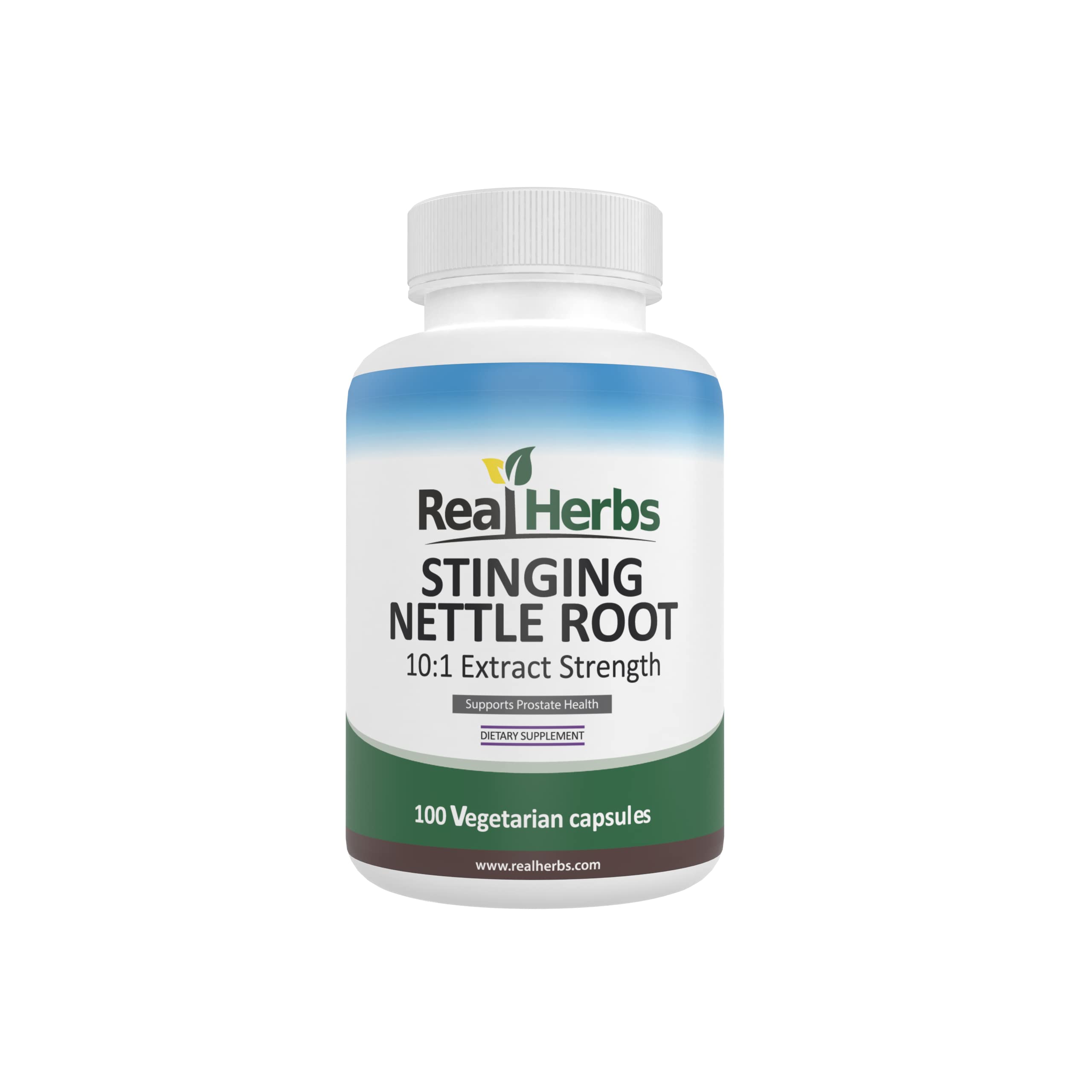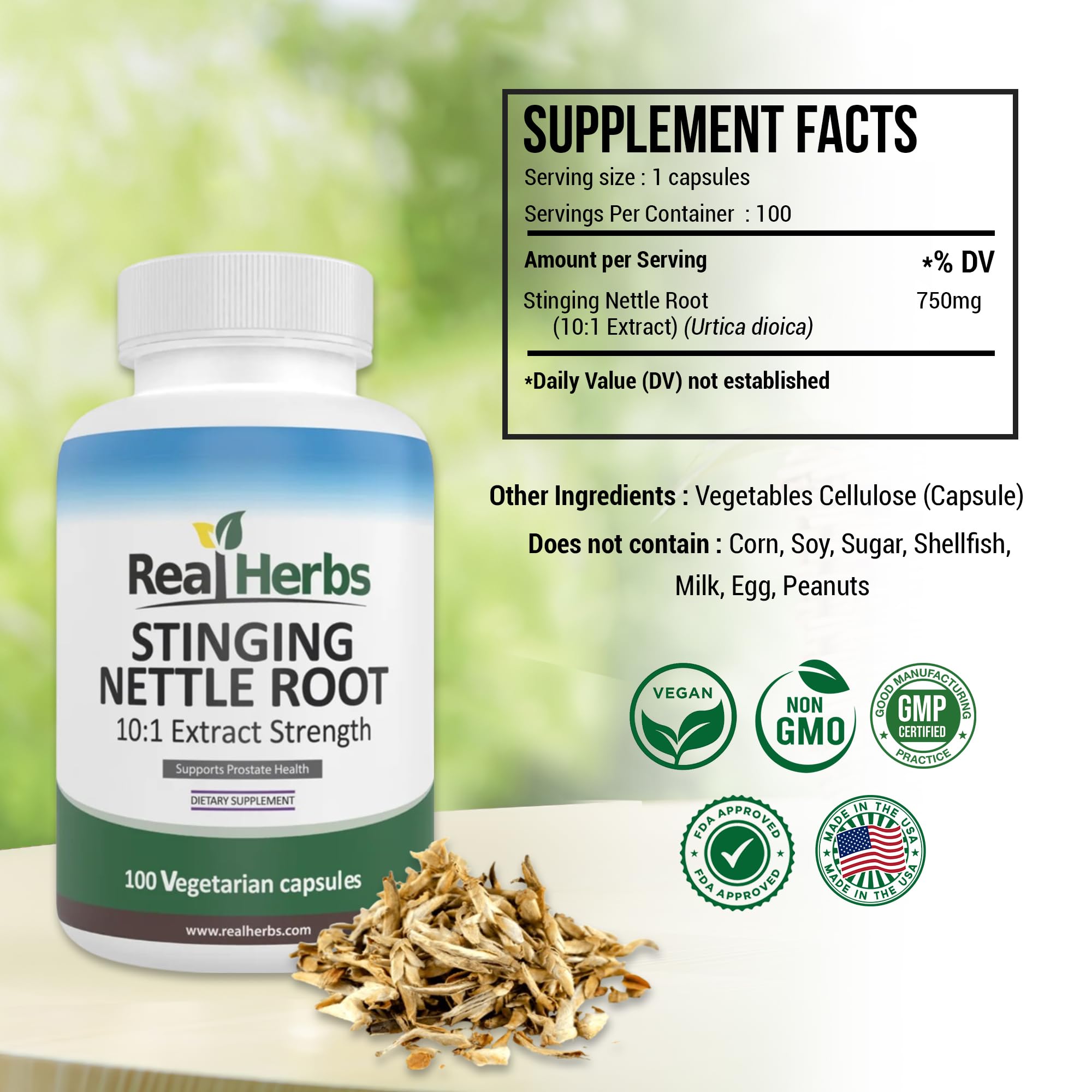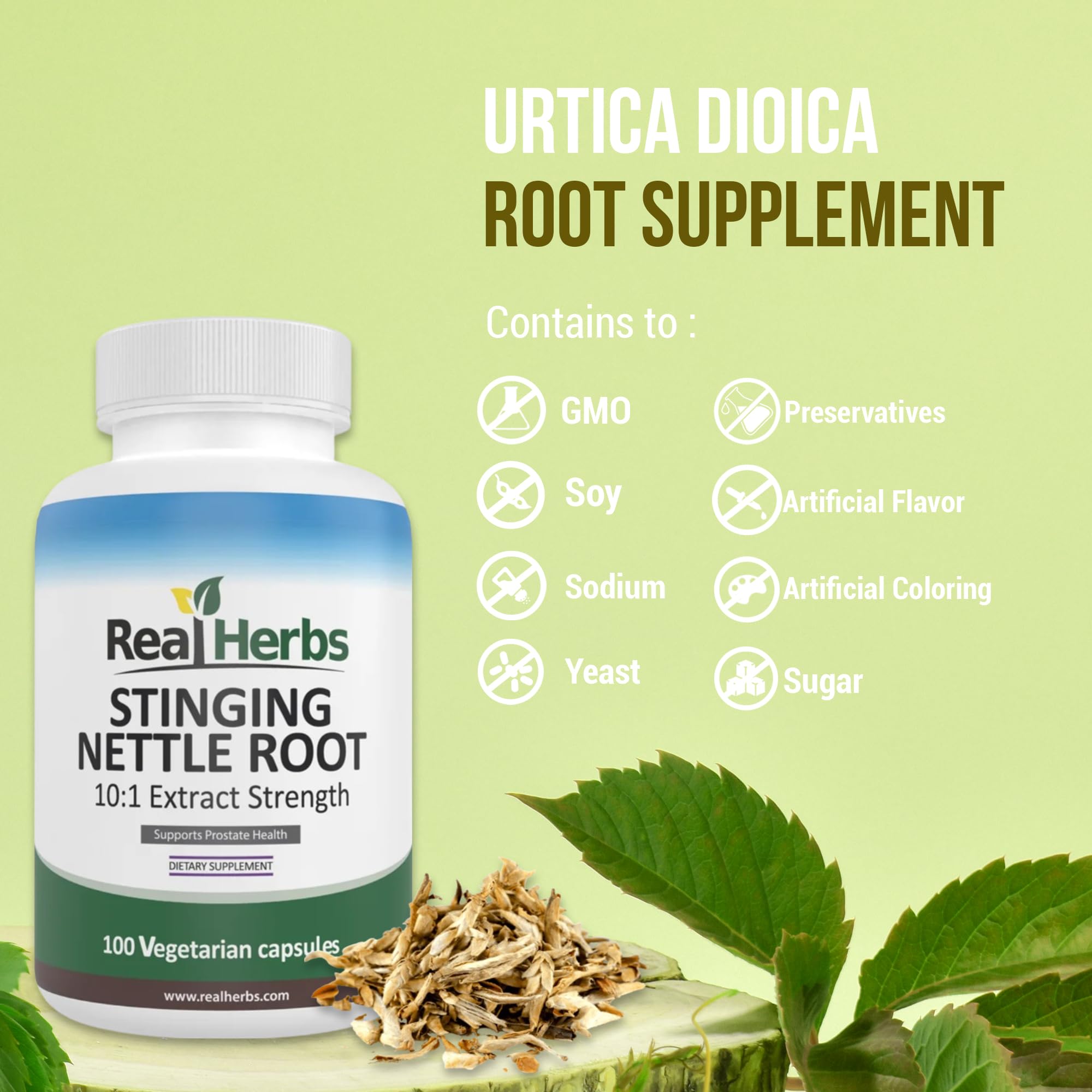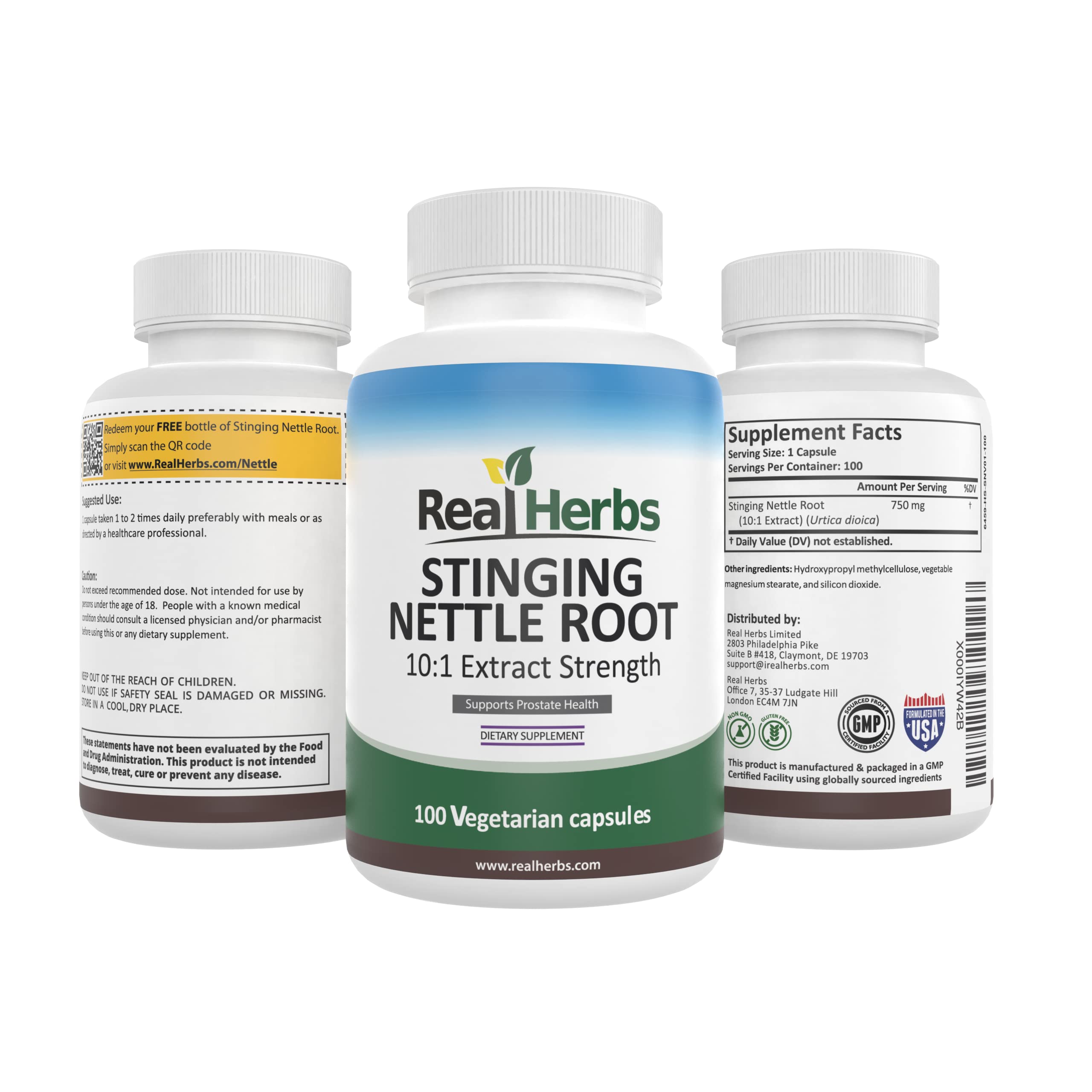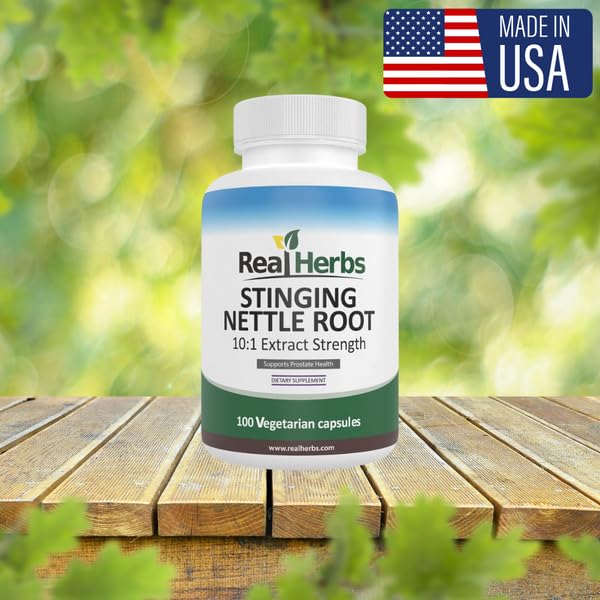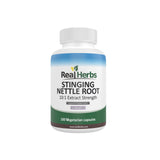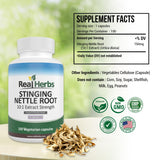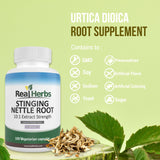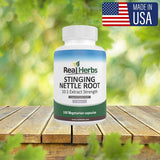Stinging Nettle Root and Traditional Chinese Medicine Perspectives
Stinging Nettle Root and Traditional Chinese Medicine Perspectives
An exploration by Jessica Johnson, Herbal Science Researcher at Real Herbs.
Bridging Ancient Wisdom with Modern Herbalism
Stinging nettle (*Urtica dioica*) is an herb with a profound history in European folk medicine, where its uses for joint pain, allergies, and prostate health have been well-documented for centuries. While it is not a primary herb in the traditional Chinese medicine (TCM) pharmacopeia, its properties and actions align with several core principles of TCM. Understanding stinging nettle root from a TCM perspective provides a unique and holistic lens through which to appreciate its therapeutic potential, bridging ancient wisdom with contemporary scientific understanding.
This article will explore the philosophical and functional parallels between stinging nettle root and Traditional Chinese Medicine. We will use modern research to interpret how nettle’s bioactive compounds, particularly those in the root, align with TCM concepts of qi, blood, and inflammatory conditions. By looking at nettle through this holistic framework, we can gain a deeper appreciation for its complex effects and its role as a versatile herbal ally.
 Nettle Root in TCM: Interpreting its Energetic and Functional Properties
Nettle Root in TCM: Interpreting its Energetic and Functional Properties
In TCM, herbs are classified by their energetic properties (e.g., cooling, warming) and their functional actions on the body’s meridians and organ systems. While nettle root is not a classic TCM herb, we can interpret its scientifically validated effects through a TCM lens:
- Clearing Heat and Dampness: Nettle is often described as having a "cooling" or "clearing" quality. In TCM, this can relate to its ability to address conditions caused by excess heat or dampness, which are often associated with inflammation. Its anti-inflammatory properties, supported by modern research, align with this concept of clearing heat from the body's systems [4]. The anti-inflammatory and immunomodulatory effects of nettle root are well-documented in reviews, and are relevant to TCM's approach to conditions rooted in internal "heat" [4].
- Invigorating Blood and Relieving Stasis: The diuretic and circulation-boosting properties of nettle align with the TCM concept of "invigorating blood" and resolving "blood stasis." In TCM, blood stasis is often associated with pain and blockages. Nettle's ability to reduce inflammation and improve blood flow, as well as its traditional use for rheumatic conditions, can be seen as a way to relieve this stasis [5].
- Supporting the Kidneys: The root is particularly known in traditional European medicine for its effects on the urinary system. This aligns with TCM's focus on the kidneys as the root of vitality and their role in fluid metabolism and urinary function. Nettle root's use for urinary issues associated with BPH directly supports this kidney-meridian function [1, 2].
Key Health Benefits of Nettle Root in a TCM Framework
Modern research on stinging nettle root, particularly on its chemical composition and anti-inflammatory properties, helps us understand the "how" behind these traditional interpretations:
- Inflammation and Pain: The documented anti-inflammatory effects of nettle extracts, including those from the root, are central to its role in treating conditions from a TCM perspective. Its anti-rheumatic effects, as noted in various reviews, directly address pain and inflammation [4]. The presence of phenolic compounds and other bioactive substances in nettle root, as explored in scientific studies, provide a biochemical basis for its antioxidant and anti-inflammatory actions [5].
- Tinnitus and Brain Function: Tinnitus, a ringing in the ears, can be seen in TCM as a symptom of imbalances in the kidney or liver meridians. A recent report highlighting that *Urtica dioica* root extract can effectively treat tinnitus symptoms offers a fascinating convergence of modern research and TCM-aligned conditions [1]. Furthermore, the neuroprotective activity of nettle's constituents reinforces its potential to support brain function and mental well-being [1, 5].
- Men's Health: Nettle root's efficacy in managing benign prostatic hyperplasia (BPH) and its impact on hormonal pathways can be seen as addressing a complex imbalance of Kidney Qi and Blood Stasis in the Lower Jiao (lower body), a common TCM pattern for prostate issues. The root's ability to help with urinary flow and inflammation directly targets these symptoms [1].
Comparing Stinging Nettle to TCM Herbs
While stinging nettle root has no direct TCM equivalent, its properties are similar to several key herbs used for detoxification, blood circulation, and inflammatory conditions. For example, its ability to "clear heat" and "invigorate blood" might be compared to herbs like Dan Shen (Salvia miltiorrhiza) or Pu Gong Ying (Dandelion), both of which are used for anti-inflammatory and detoxification purposes.
However, the specific phytochemical profiles, including the unique lignans in nettle root, provide distinct pharmacological actions that differentiate it from classic TCM herbs [3]. This suggests that nettle can be a valuable addition to a modern herbalist's toolkit, offering a new dimension to traditional formulas.
Conclusion: A Bridge Between Herbal Traditions
The role of **Stinging Nettle Root in Traditional Chinese Medicine Perspectives** is not found in ancient texts, but rather in a compelling bridge between traditional European uses and modern scientific analysis. Its anti-inflammatory, antioxidant, and neuroprotective properties, along with its specific effects on urinary and prostate health, align with key TCM principles of balancing internal heat, invigorating blood, and supporting organ systems like the kidneys.
By appreciating this herb's rich history and its scientifically validated mechanisms, we can view it not just as a one-dimensional remedy but as a holistic botanical with the potential to support a wide range of conditions. For those seeking to integrate nettle root into a wellness routine, consulting with both a medical professional and a qualified practitioner of TCM can provide a comprehensive and personalized approach to harnessing its full power for health and harmony.
Ready to experience the benefits of Stinging Nettle Root?
Real Herbs Stinging Nettle Root Extract is a premium, potent supplement designed to support healthy testosterone levels, prostate health, and overall male vitality. Crafted for purity and efficacy, it helps liberate your free testosterone, so you can enjoy enhanced energy, improved performance, and a renewed sense of well-being.
Who it helps: Men experiencing symptoms of low testosterone, seeking natural prostate support, or looking to optimize their overall male health naturally.
Why it’s safe/trusted: Manufactured under strict quality controls, Real Herbs prioritizes purity and potency, ensuring you receive a product you can trust.
All our products are backed by our 100-Day Money-Back Guarantee!
"I've been using Real Herbs Stinging Nettle for a few months now, and I've noticed a significant improvement in my energy levels and overall vitality. Highly recommend it!" - Mark T.
"As someone approaching 50, I was looking for natural ways to support my health. This product has genuinely made a difference in my energy and mood." - David S.
Disclaimer: The information provided in this article is for educational purposes only and is not intended as medical advice. Always consult with a qualified healthcare professional before making any decisions about your health or starting any new supplement regimen. These statements have not been evaluated by the Food and Drug Administration. This product is not intended to diagnose, treat, cure, or prevent any disease.
Scientific Credibility & Citations
- Zouhir M, Hamzaoui A, El Ghouizi A, et al. The medicinal chemistry of *Urtica dioica* L. *Molecules*. 2023 Apr 19;28(8):3579. PMC10176313 (Review)
- Bhusal KK, Magar SK, Thapa R, et al. Nutritional and pharmacological importance of stinging nettle (*Urtica dioica* L.): A review. *Heliyon*. 2022 Jun 22;8(6):e09717. PMC9253158 (Review)
- Tarasevičienė Ž, Vitkauskaitė M, Paulauskienė A, Černiauskienė J. Wild Stinging Nettle (*Urtica dioica* L.) Leaves and Roots Chemical Composition and Antioxidant Activity. *Plants (Basel)*. 2023 Jan 9;12(2):309. PMC9864842 (Research Article)
- Taheri Y, et al. *Urtica dioica*-Derived Phytochemicals for Pharmacological and Therapeutic Applications. *Evid Based Complement Alternat Med*. 2022;2022:4024331. PMC8894011 (Review)
- Connelly E, Harrison F. An assessment of the evidence for antibacterial activity of stinging nettles (*Urtica* spp.). *Antibiotics (Basel)*. 2022 May 25;11(6):697. PMC9175978 (Review)

